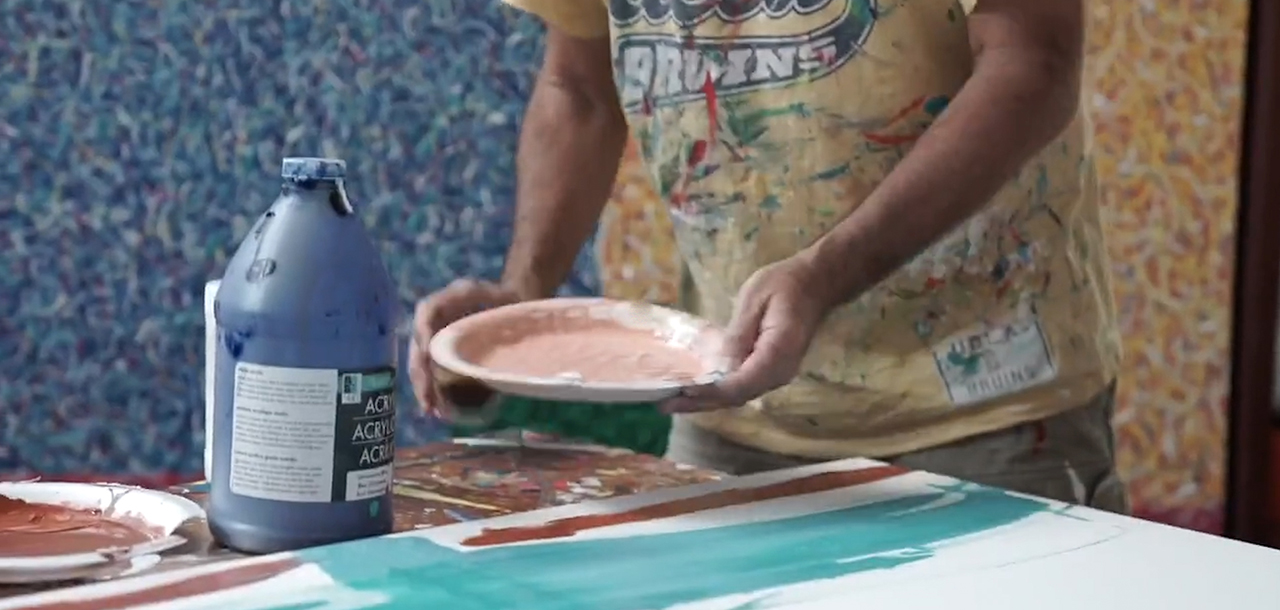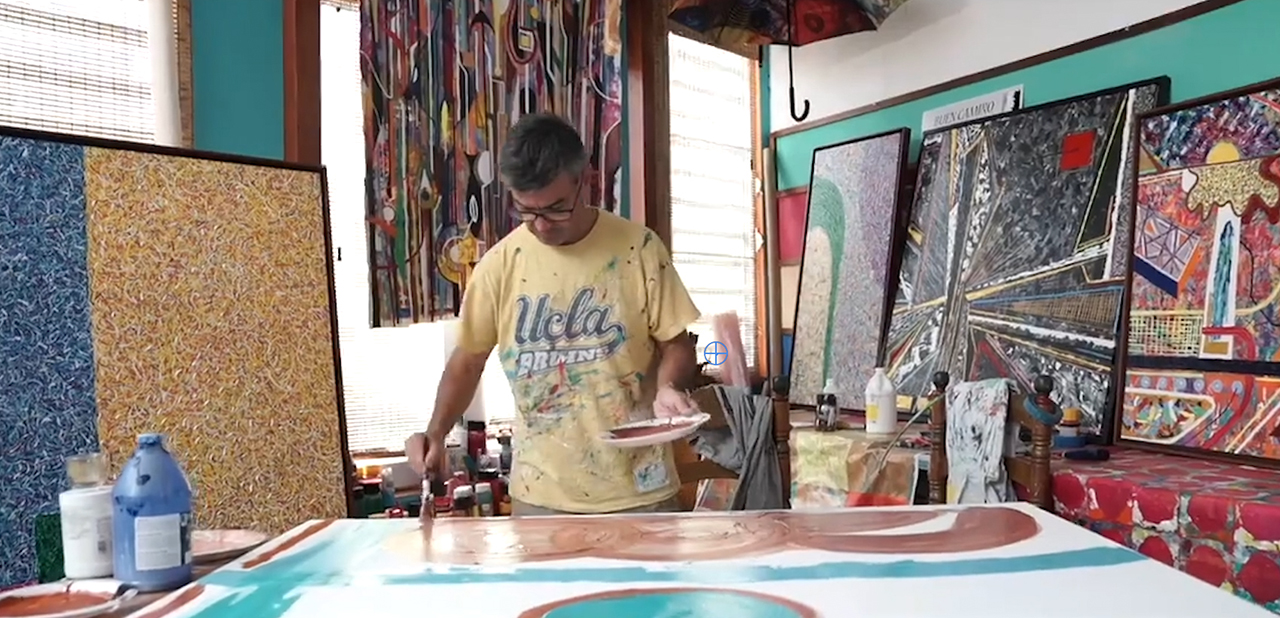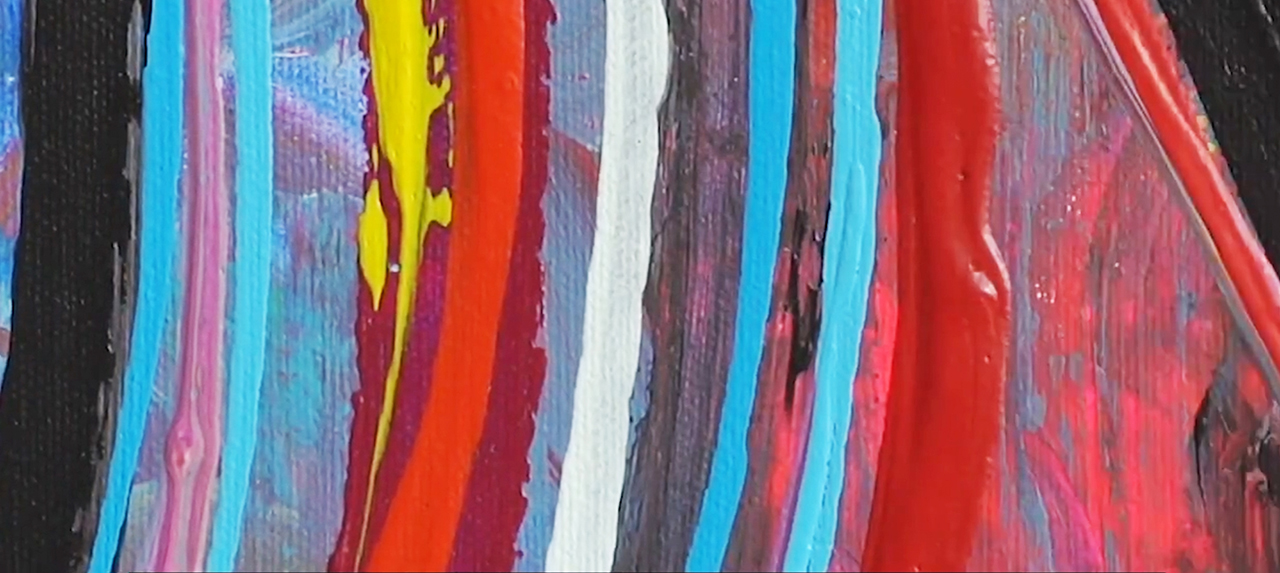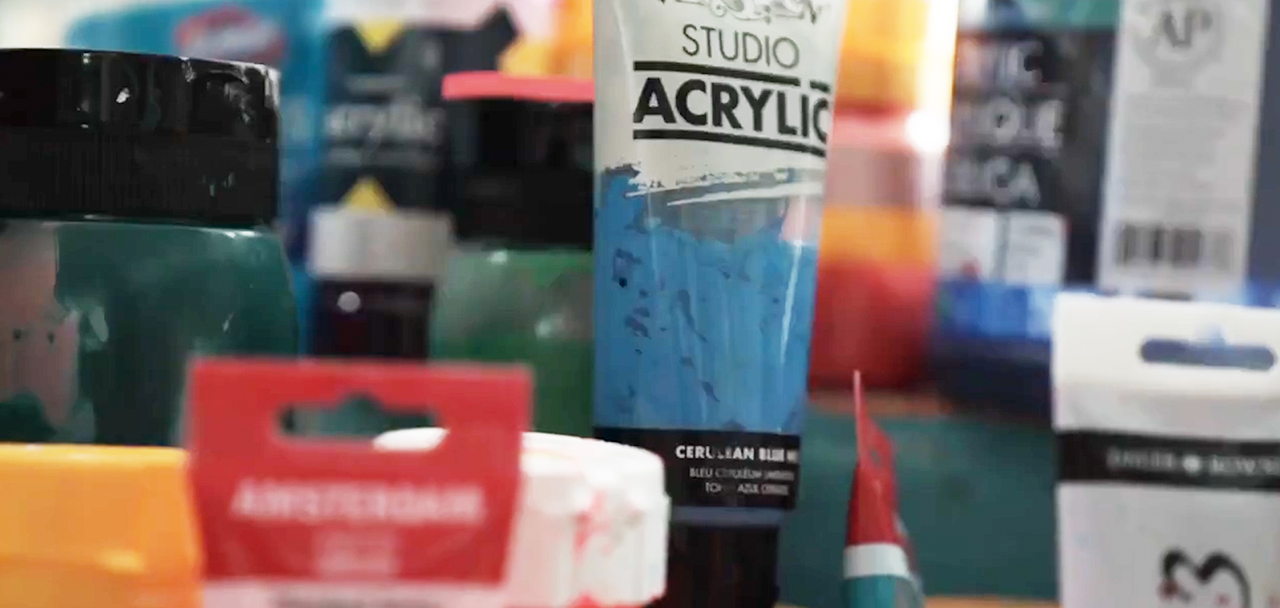Fernando Bonnin
Artist & Architect
Fernando Bonnin was born in Ponce, Puerto Rico, in 1965. His artistic journey began early, shaped by his deep curiosity for drawing, cinematography, and his family's creative influences. His father, Pedro Juan Bonnin, fostered his interest in photography. Music also played a crucial role in his development. His home was filled with various genres, from classical composers like Bach and Beethoven to 1960s and 70s artists like Pink Floyd and Santana. This musical immersion inspires his work, as he creates multisensory experiences for his viewers, combining art with sound. Bonnin's approach to art is deeply influenced by his powers of observation and his fascination with storytelling. He likens his paintings to short movies or dreams, creating intricate 'narratives' that encourage viewers to see the world in 360 degrees. These narratives often revolve around themes of nature, music, and architecture, reflecting his diverse influences. His passion for cinema, music, and nature can be traced back to childhood visits to Puerto Rican beaches and trips to the Museo de Arte de Ponce and the Museo del Prado. Family life played a significant role in shaping Bonnin's worldview. His mother, Pilar Orozco, instilled a sense of imagination and joy in him. Bonnin's unique artistic vision, shaped by his studies in architecture at the Southern California Institute of Architecture (SCI-Arc) in Los Angeles, is a testament to his creativity and innovation. Influenced by his older brother, Javier, he was exposed to avant-garde projects and innovative ideas under renowned architects like Frank Gehry and Thom Mayne. This experimental environment allowed him to push boundaries and develop his unique artistic vision, a vision that continues to inspire and captivate art enthusiasts and aspiring artists alike. Upon graduation, Bonnin embarked on a cross-country trip with his wife, Lourdes María Román, exploring the vast landscapes of the United States, including the Grand Canyon and Monument Valley. These journeys left a lasting impression, inspiring him to incorporate nature's grandeur into his art and design. In 1992, Bonnin returned to Puerto Rico, where he continued to push the limits of creativity, combining his love of art, architecture, and nature to create immersive and multisensory experiences. These experiences often involve large-scale installations that interact with the surrounding environment, creating a unique and captivating experience for the viewer. His work reflects his diverse influences, from cinematography to architecture, all united by a desire to explore beauty, evoke emotion, and inspire others to see the world from a broader perspective. Since 1992, Fernando Bonnin has also sought to capture breathtaking horizons through photography. His work captures natural beauty authentically, such as his Zion National Park photo taken at 3:00 a.m. and Bryce Canyon National Park captured at noon. Bonnin uses techniques like keeping the lens open for seconds to capture the stars and planetary rotation. Bonnin's connection to vast landscapes began during his explorations in California, Italy, Switzerland, and the Grand Canyon. These experiences laid the foundation for his art and inspired intricate collages based on family albums. Fernando Bonnin's work is characterized by his deep love for vibrant tones and geometric abstraction. His paintings, such as Wonder (2016) and Memories of Vienna (2020), reflect his instinct, memory, and color exploration. His art extends into architecture, notably in the stained-glass windows for the chapel at Puerto Rico's Inter-American University. Bonnin's versatility as an artist, designer, and architect is evident in projects like the Inter-American Academy of Ponce and the Arecibo Campus learning space. His work in healthcare design includes an acrylic sculpture at San Fernando de la Carolina Hospital, enhancing the space with organic, colorful compositions. His Monument to the Fallen Police Officers (2022) reflects his focus on light, geometry, and modernist principles. Currently, Fernando Bonnin continues his creative journey within his Ponce studio. Through carefully chosen artworks, it unfolds his vision, tracing from his earliest pieces, capturing ongoing dialogues in his compositions, and emphasizing his perennial fascination with nature, uniqueness, playfulness, and modernity.


Fernando Bonnin
Fernando Bonnin expresses his vision and creative process in his own words, along with insights from his studio and the beautiful surroundings.
Find the complete biography of the artist in the book pages 12 -27



















